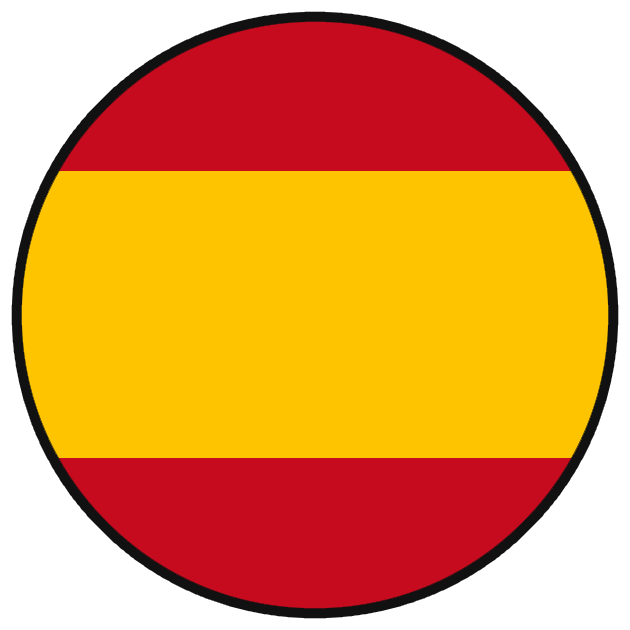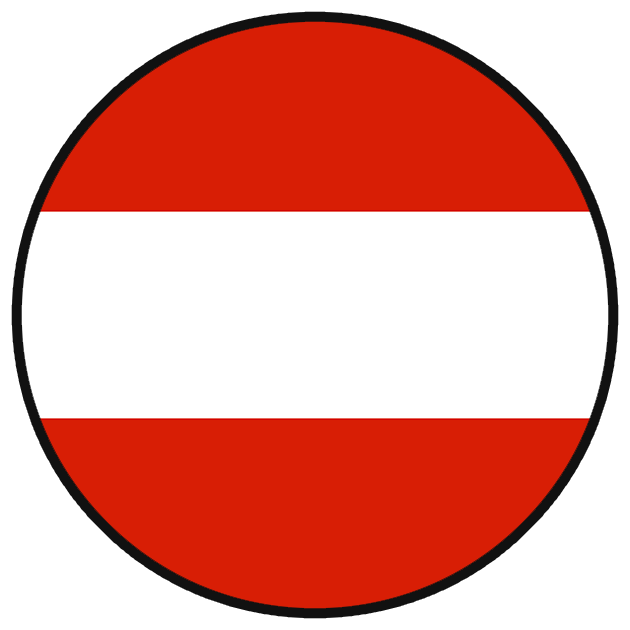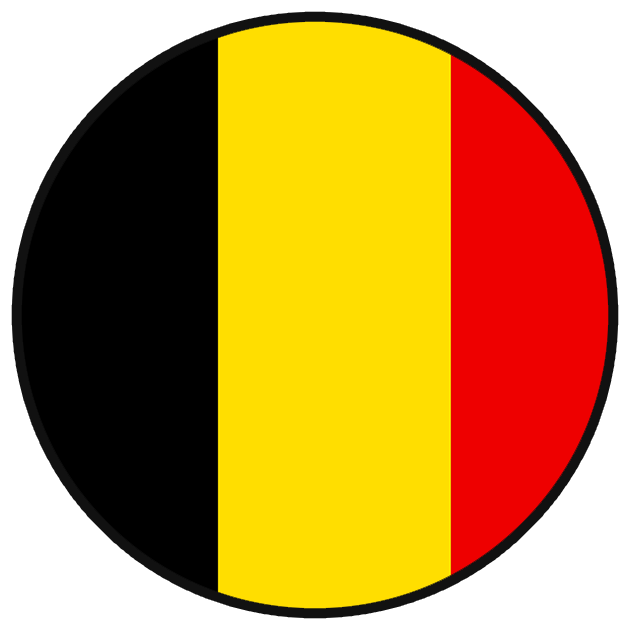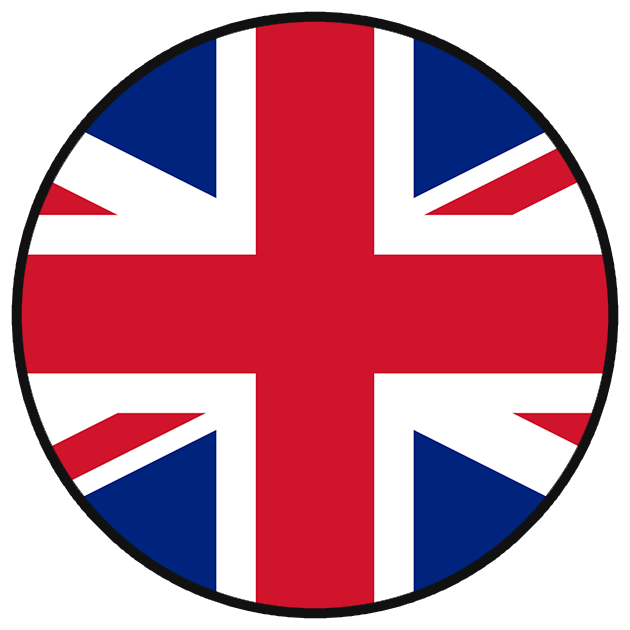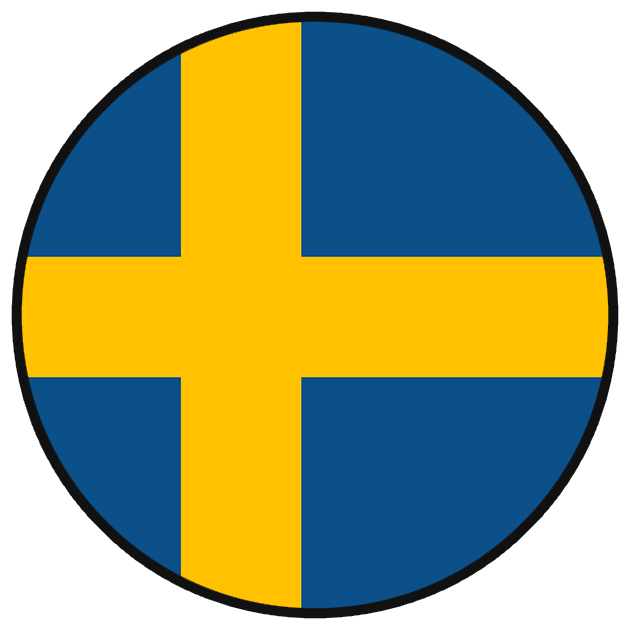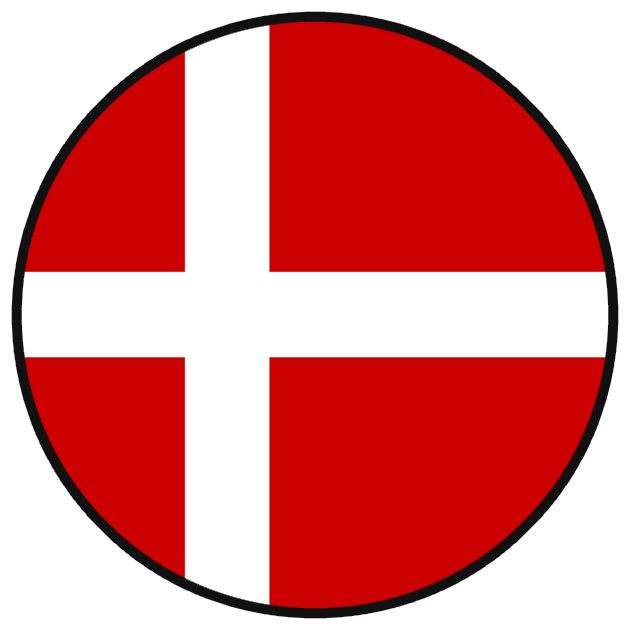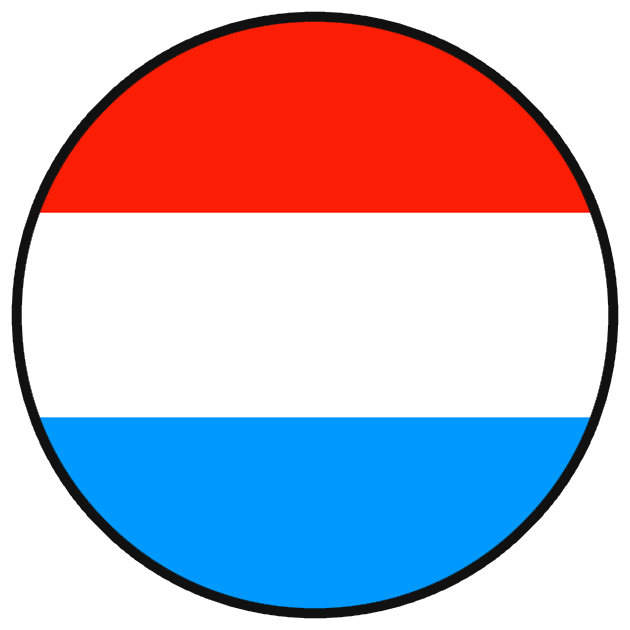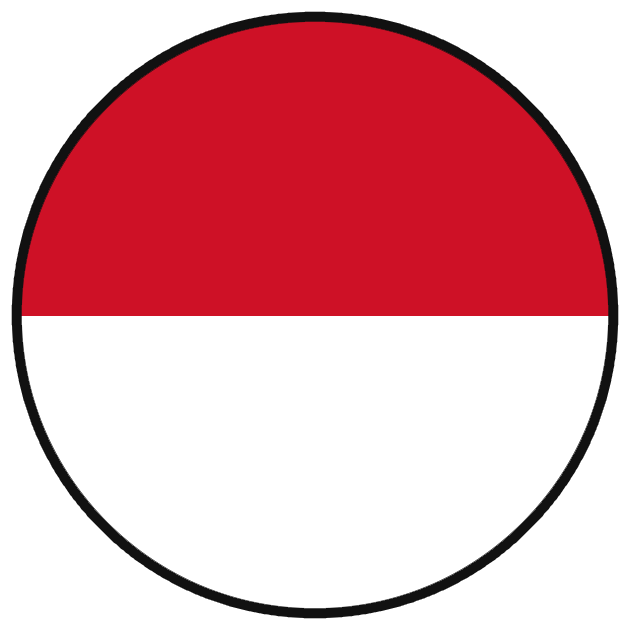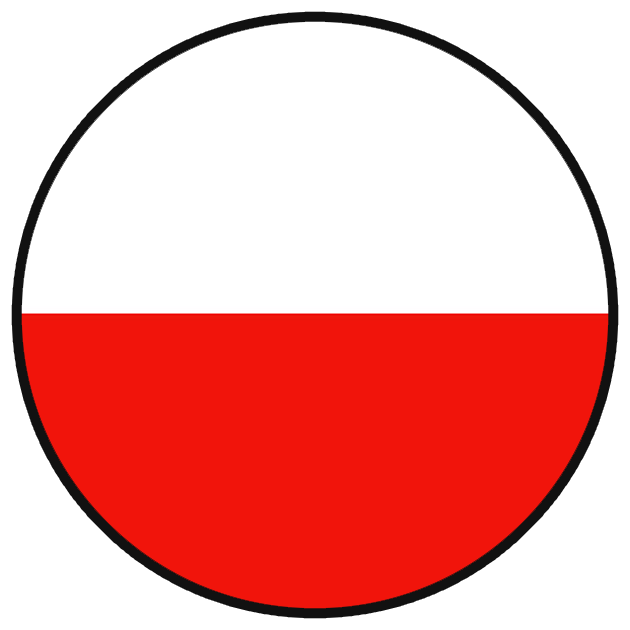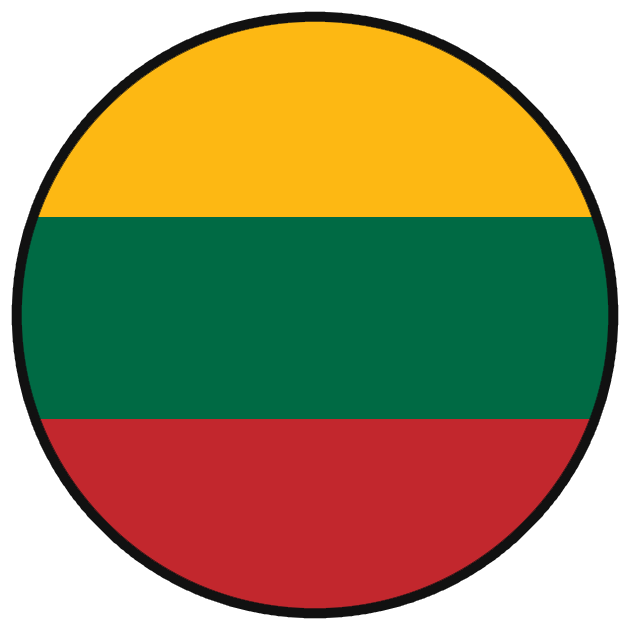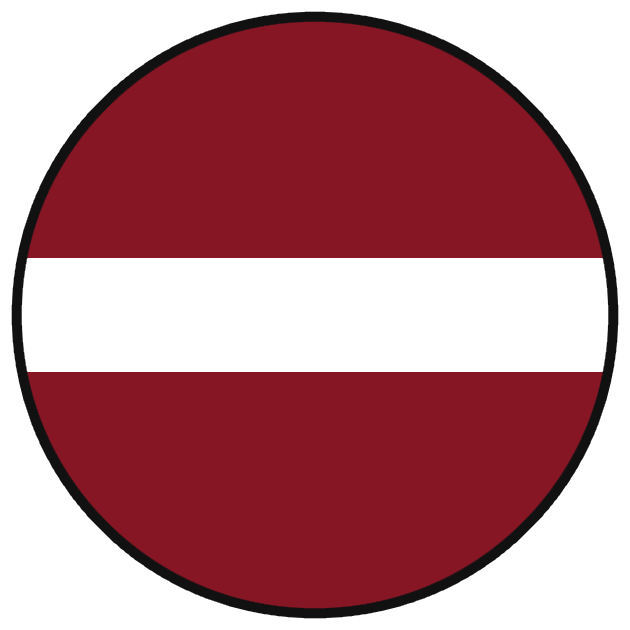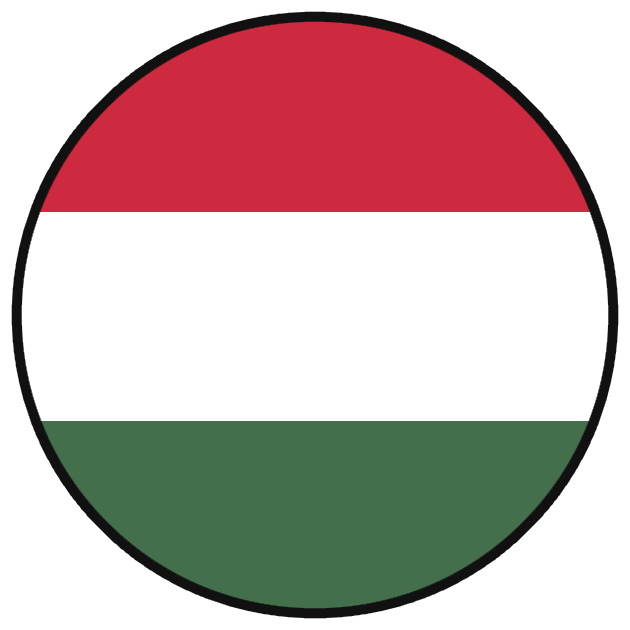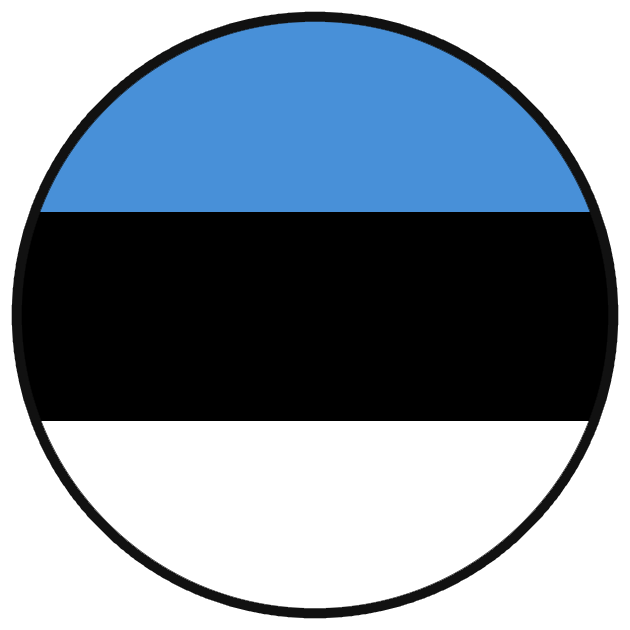The world of organic certification can be complex and confusing. Between national, international, and regional certification, there are sometimes more and sometimes fewer differences. In this blog article, we want to explain which certification we use for some of our fruits. All our fields are either already certified or in the process of conversion and are managed with ecological, even regenerative measures.
Now, let’s talk about the certification whose guidelines we follow and which we already have for some fields: the EU organic certification. You can recognize the label by the small white stars forming a leaf on a light green background.
The EU Organic Certification Guidelines
- Crop Production
- No use of synthetic pesticides and chemical fertilizers.
- Prohibition of genetically modified organisms (GMOs).
- Crop rotation and biological diversity are central principles.
- Animal Husbandry
- Humane treatment with sufficient space and access to outdoor areas.
- Feed must be 100% organic.
- Antibiotics and other medications are only allowed in exceptional cases.
- Subproducts
- Strict separation of organic and non-organic products during processing.
- At least 95% of the agricultural ingredients must come from organic production.
- Use of only a few approved additives. One example would be Ascorbic acid (Vitamin C), which is often used as an antioxidant to extend the shelf life of products and maintain their freshness.
- Labeling and Control
- Each EU country designates control bodies and authorities.
- Regular inspections by independent bodies.
- Transparent traceability of all organic products.
These guidelines ensure that products with the EU organic label meet the same sustainable standard. However, we would like to emphasize that many of our practices go beyond the label’s requirements.
Which of Our Fruits Have an Organic certification?
Our peaches, flat peaches, grapes, figs, kiwis and olives (olive oil production) are certified.
Why Don’t Our Oranges and other Fruits/Vegetables Have an Organic certification?
Certification is done on a per-hectare basis, meaning individual plots are certified. As we ºregularly acquire plots from other farmers, some of our fields are already certified while others (newly acquired) are still in the conversion process. This is why our oranges do not have a uniform organic certificat: some come from already certified fields, others from fields still in the conversion phase. However, we can assure you that from the first day the fields come into our possession, we manage them according to ecological principles.
Beyond organic farming, what other measures are we taking?
EU organic certification does not cover all the practices we apply in our fields. We also use regenerative methods that go beyond the organic standard. Regenerative agriculture is an approach that aims to improve the health of soils and agricultural ecosystems. Unlike conventional agriculture, which tends to focus on short-term productivity, regenerative organic farming encourages practices that restore soil fertility, sequester carbon from the atmosphere, increase biodiversity and improve water management.
Another example is the integration of animals in the fields. This allows us to respectfully control plant cover and, at the same time, benefit from the return of important nutrients through manure.





 My account
My account 










